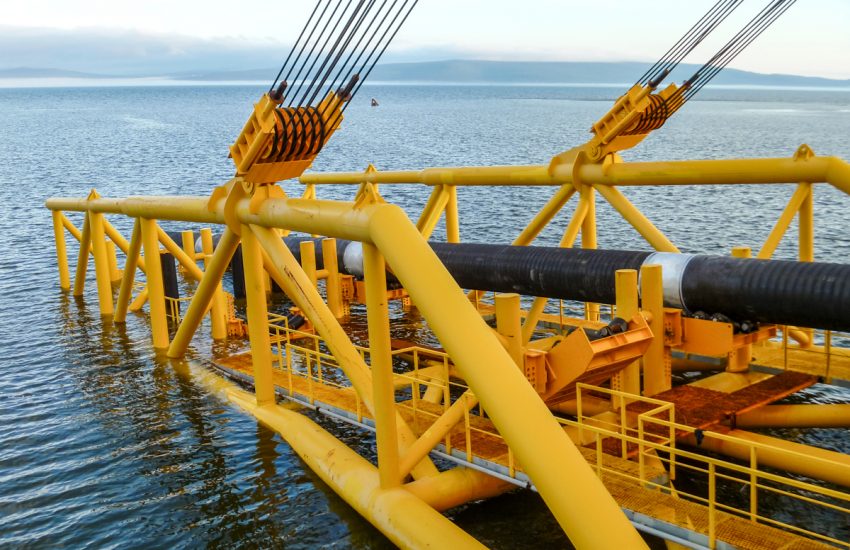In April, the Government Accountability Office (GAO) issued a report recommending the Department of the Interior’s Bureau of Safety and Environmental Enforcement (BSEE) take actions to further develop, finalize, and implement updated pipeline regulations to address limitations regarding the BSEE’s ability to ensure the integrity of offshore oil and gas pipelines—and to address safety and environmental risks associated with pipeline decommissioning. BSEE is responsible for enforcing standards and regulations for oil and gas operations in federal offshore waters of which there has been 40,000 miles of pipelines installed since 1940. The GAO was asked to review the BSEE’s management of offshore pipelines because of concerns regarding the susceptibility of pipelines to become damaged over time.
Processes for Ensuring Active Pipeline Integrity
As part of its investigation, the GAO found that the BSEE does not have an oversight process for ensuring the integrity of 8,600 miles of active pipelines located on the seafloor of the Gulf of Mexico. The GAO also found that the BSEE does not generally conduct or require any subsea inspections of active pipelines, but instead relies on monthly surface observations and pressure sensors to detect leaks, which are not reliable methods for purposes of detecting ruptures in the pipelines. The report noted that the BSEE confirmed that the regulations are outdated and do not address how pipelines should be inspected, the complexities of deep-water pipeline operations, and changes in technological standards.
The BSEE has in fact recognized the need to update pipeline regulations for quite some time. In 2007, the BSEE issued a proposed rule addressing offshore pipeline integrity, including requirements regarding pipeline inspection and subsea leak detection technologies, which ultimately stalled. The report also found that the BSEE has indicated it planned to update its pipeline regulations since 2013, although there has been no progress in that regard.
Safety and Environmental Risks Associated with Pipeline Decommissioning
The GAO also concluded that the BSEE does not have a process to address the environmental and safety risks from decommissioned pipelines that are left in place on the seafloor. The report noted a number of environmental and safety issues in the decommissioning process including the BSEE’s failure to account for risks during the review of decommissioning applications, which has resulted in about 97 percent of decommissioned pipelines having been left on the seafloor since 1960s. The GAO also found that the BSEE does not ensure operators meet decommissioning standards such as cleaning the pipelines, because the BSEE does not observe decommissioning activities, inspect pipelines after they are decommissioned, or verify evidence submitted as part of the decommissioning process. Further, the GAO found that the BSEE does not monitor the condition and location of pipelines after they are decommissioned in place, which makes it difficult to mitigate risks such as movement of the pipelines. Finally, the report notes that there is not a funding source for removal of decommissioned-in-place pipelines that are later found to pose risks. Therefore, the GAO recommended that the BSEE take actions to develop, finalize, and implement updated pipeline regulations.
In response to the report, the Department of the Interior issued a press release acknowledging that there is work to be done in order to ensure that offshore pipelines meet adequate federal safety and environmental standards.
We expect this report will spur action on the glaring need to address pipeline safety and will monitor the developments.

